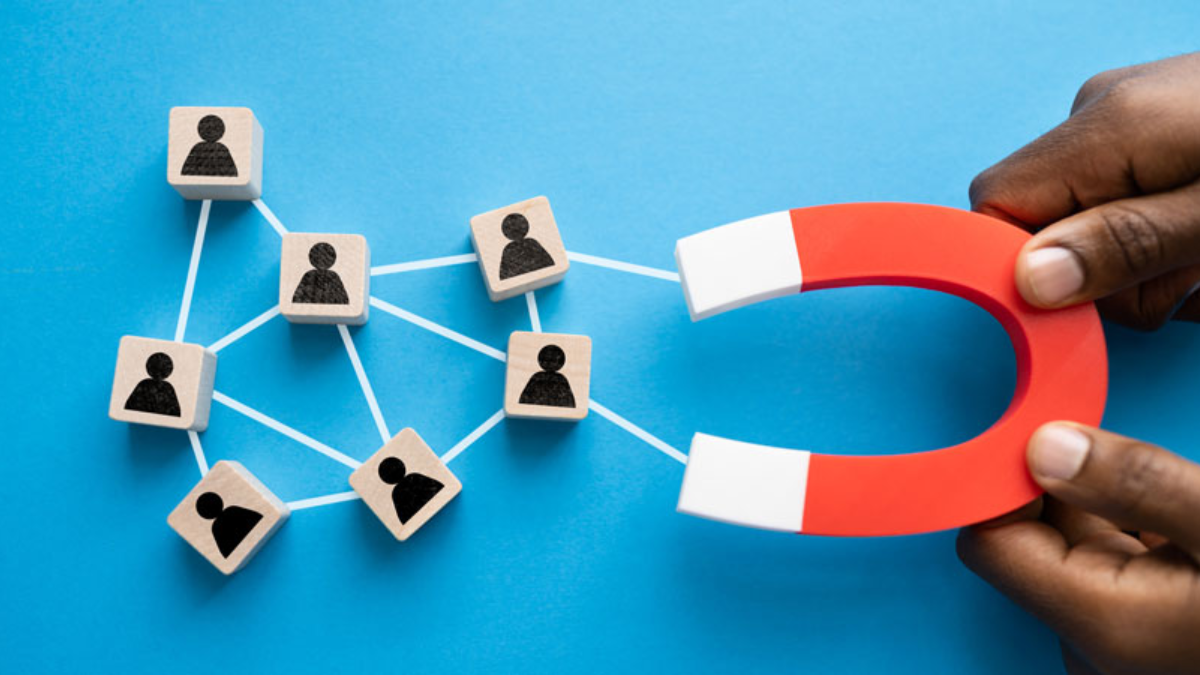In today’s highly competitive market, attracting new customers is only half the battle. The real challenge lies in keeping them coming back. Mastering the art of customer retention not only boosts revenue but also strengthens brand loyalty, improves ROI, and reduces acquisition costs. In this article, we explore the strategies, benefits, and tools businesses need to retain their customers successfully.
What Is Customer Retention?
Customer retention refers to a company’s ability to keep its customers over a period of time. It involves strategies and actions designed to increase customer loyalty and encourage repeat business.
Why Is Customer Retention Important?
- Cost-effectiveness: Retaining existing customers is 5–7 times less expensive than acquiring new ones.
- Revenue growth: Loyal customers are more likely to buy repeatedly and spend more.
- Brand advocacy: Satisfied customers often refer others and leave positive reviews.
- Stability: A strong base of repeat customers provides predictable revenue streams.
Understanding the Customer Journey
To retain customers, you must first understand their journey with your brand.
Stages of the Customer Journey
- Awareness – When customers first learn about your brand.
- Consideration – When they compare your offerings with competitors.
- Purchase – When they make their first transaction.
- Retention – When they return for repeat purchases.
- Advocacy – When they promote your brand to others.
Touchpoints That Influence Retention
- Onboarding experience
- Product/service satisfaction
- Customer support quality
- Loyalty programs
- Email or mobile engagement
Key Metrics to Measure Customer Retention
To evaluate your retention strategies, track these essential metrics:
1. Customer Retention Rate (CRR)
Formula:[(E – N) / S] × 100
Where:
- E = Customers at the end of the period
- N = New customers acquired
- S = Customers at the start
2. Customer Lifetime Value (CLV)
Indicates how much revenue a customer brings during their relationship with your brand.
3. Churn Rate
Represents the percentage of customers who stop doing business with you in a given period.
4. Repeat Purchase Rate
Percentage of customers who make more than one purchase over time.
Strategies to Master Customer Retention
Successful customer retention requires a blend of tactics that cater to customer satisfaction, engagement, and loyalty.
1. Deliver Exceptional Customer Service
Customers remember how you make them feel. Offer timely, empathetic, and solution-focused support.
- Provide multichannel support (chat, phone, email)
- Empower agents with training and tools
- Use customer feedback to improve service
2. Personalize the Customer Experience
Modern consumers expect personalization.
- Use customer data to tailor offers
- Send personalized emails and product recommendations
- Address customers by name in communications
3. Implement a Loyalty Program
Reward loyal customers to encourage continued engagement.
- Offer points-based systems, discounts, or exclusive access
- Create tiered membership for gamification
- Recognize milestones (birthdays, anniversaries)
4. Improve the Onboarding Process
First impressions matter. Guide new users through your product or service.
- Create welcome email series
- Offer tutorials, videos, or user guides
- Follow up to check satisfaction
5. Regularly Collect and Act on Feedback
Listening to your customers helps you address pain points.
- Use surveys (NPS, CSAT)
- Monitor reviews and social media
- Implement suggestions wherever feasible
6. Communicate Consistently and Meaningfully
Stay top-of-mind without being intrusive.
- Send regular newsletters
- Announce updates, offers, and events
- Use storytelling to keep customers emotionally connected
7. Focus on Product or Service Quality
Retention ultimately depends on the value you provide.
- Continuously innovate based on user feedback
- Address bugs or complaints swiftly
- Ensure consistent quality
8. Utilize Automation and CRM Tools
Technology makes retention scalable.
- Automate follow-ups, win-back campaigns
- Segment customers for targeted messaging
- Use CRM systems to track interactions
Segmenting Customers for Better Retention
Not all customers are the same. Segmenting allows for more targeted strategies.
Common Segmentation Criteria
- Demographics: Age, location, gender
- Behavioral: Purchase history, website activity
- Psychographic: Interests, values, lifestyles
- Engagement level: Active, at-risk, or dormant customers
By tailoring messages to each segment, you enhance relevance and engagement.
Role of Content in Retaining Customers
Content isn’t just for attracting leads—it’s a powerful tool for retention.
Types of Content That Boost Retention
- How-to guides: Help customers use your product better
- Newsletters: Keep them informed and connected
- Case studies: Showcase customer success stories
- Webinars and events: Build community and trust
The Psychology Behind Customer Loyalty
Understanding what makes customers stay can inform your strategies.
Emotional Drivers of Loyalty
- Trust: Built through transparency and reliability
- Recognition: Customers love being appreciated
- Consistency: Predictable experiences build confidence
- Belonging: Brands that build community retain better
Tapping into these emotions through branding and communication enhances retention.
Common Mistakes That Harm Retention
1. Ignoring Negative Feedback
Silencing critics instead of resolving issues can escalate churn.
2. Over-Promising and Under-Delivering
Be realistic in your marketing to prevent disappointment.
3. Failing to Follow Up
Abandoning customers after the sale ends the relationship prematurely.
4. Inflexible Policies
Rigid return policies or poor customer support can drive people away.
Tools That Help with Customer Retention
Modern retention efforts are powered by smart tools.
CRM Platforms
- Examples: Salesforce, HubSpot, Zoho
- Track customer history and automate outreach
Email Marketing Tools
- Examples: Mailchimp, Klaviyo, ConvertKit
- Send targeted campaigns based on customer behavior
Feedback and Survey Tools
- Examples: SurveyMonkey, Typeform, Qualtrics
- Collect and analyze customer sentiments
Loyalty Program Software
- Examples: Smile.io, Yotpo, LoyaltyLion
- Design and manage rewards programs
Case Studies: Brands That Excel in Customer Retention
Apple
- Offers seamless product ecosystems
- Strong customer support
- Engaging loyalty programs (Apple One, AppleCare)
Amazon
- Personalizes shopping experiences
- Easy returns and quick delivery
- Subscription services (Prime) ensure continued loyalty
Starbucks
- Stellar mobile app experience
- Highly engaging rewards program
- Constant feedback implementation
Future Trends in Customer Retention
As technology evolves, so do customer expectations.
AI and Machine Learning
- Predict customer churn
- Personalize interactions in real time
Omnichannel Experience
- Seamless transition across online and offline platforms
Ethical and Sustainable Branding
- Customers are loyal to brands that align with their values
Conclusion
Mastering customer retention is not about one-time tricks—it’s about building meaningful, ongoing relationships. By offering exceptional service, personalizing experiences, leveraging technology, and genuinely listening to your customers, you can transform one-time buyers into lifelong advocates. In a market where competition is fierce and attention spans are short, retention is the ultimate growth strategy.
Frequently Asked Questions (FAQs)
Q1: What is the best way to measure customer retention?
The most common metric is the Customer Retention Rate (CRR), which tells you what percentage of your customers stayed with you over a given time period.
Q2: How often should I communicate with customers?
Regular communication is essential but shouldn’t be overwhelming. A good rule is once a week via email and monthly for promotions or surveys, depending on your business.
Q3: What industries benefit most from retention strategies?
While all industries benefit, e-commerce, SaaS, subscription services, and retail see the highest impact due to recurring revenue models.
Q4: What’s the difference between retention and loyalty?
Retention is about keeping customers, while loyalty involves emotional connection and advocacy. Loyalty is a deeper, more committed form of retention.
Q5: Can small businesses afford to invest in customer retention?
Absolutely. Many retention strategies like personalization, excellent service, and email communication are low-cost yet highly effective for small businesses.


